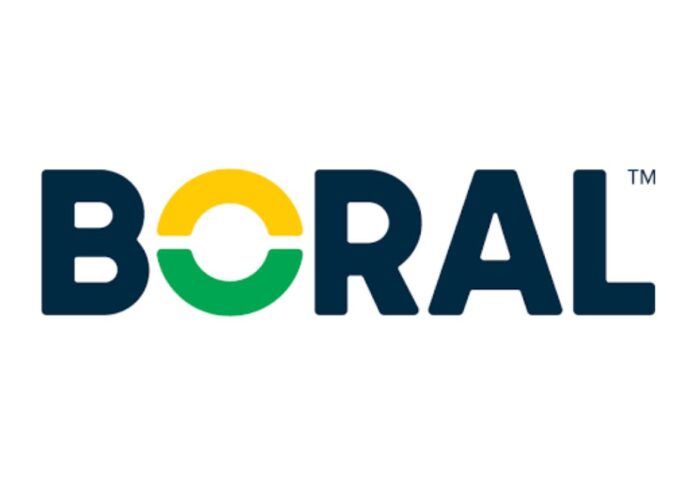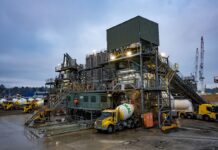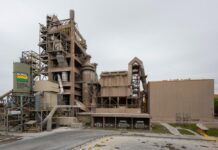
Construction materials producer Boral has posted a $961 million net profit after tax for the end of fiscal year 2022, which ended 30 June.
In its financial report published Tuesday, the company said continuing operations earnings before interest and tax (EBIT), excluding property, was $107 million, which is in line with the revised earnings guidance announced on 18 May.
The company’s adjusted earnings per share stand at 13.6 cents.
Boral said the results reflect the part-year contribution from its non-core Boral North America and Australian Building Products businesses that were divested during the year.
Zlatko Todorcevski, managing director and CEO of Boral, noted that despite the growth in the company’s revenue, challenging external operating factors had severely impacted earnings.
According to Todorcevski, industry-wide construction lockdowns and adverse weather particularly in New South Wales and Queensland have significantly impacted production.
“In addition to reducing operating efficiency, these events resulted in additional operating and repair costs,” he added.
“With supply chain constraints and labour shortages remaining a key issue across the industry, major projects continued to experience delays. However, we expect momentum to improve in FY2023, and to benefit from several key projects we’ve secured including the Western Sydney Airport terminal, Sydney Metro West – Central Tunnel Package, Sydney Metro West – Western Tunnel Package, and Tonkin Gap in Western Australia.”
The CEO also outlined the measures Boral has taken to respond to current challenges, which include deploying pricing initiatives, accelerating overhead cost reductions through a simplified corporate organisational structure and mitigating energy cost exposure.
Boral completed a $3 billion return of surplus capital to shareholders in February. The cash distribution, valued at $2.72 per share, included a $2.56 capital return and a special unfranked dividend of $0.07 per share.
For FY 2023, Boral expects its revenue to be higher than 2022’s through strong price growth and increased volumes brought by lesser disruptions.
The company also eyes financing costs of approximately 4.2 per cent per annum on gross debt value.



















